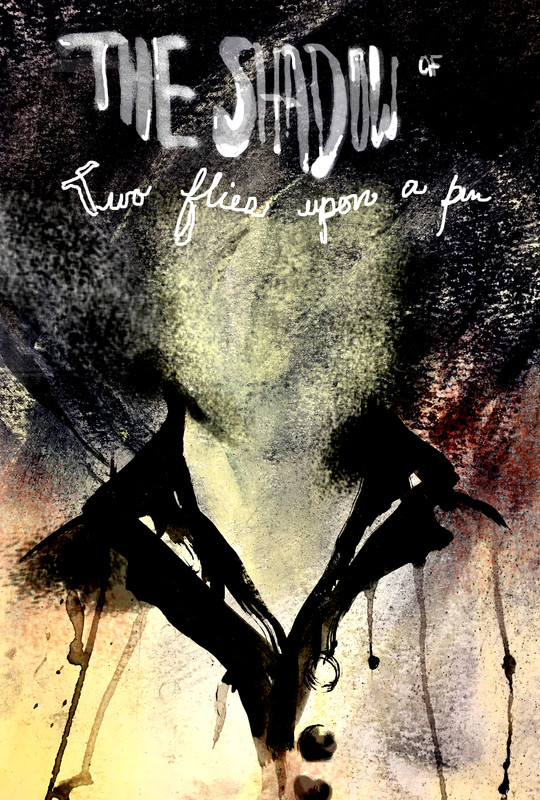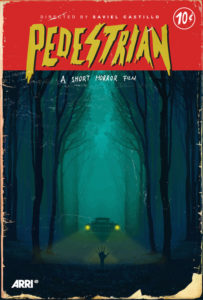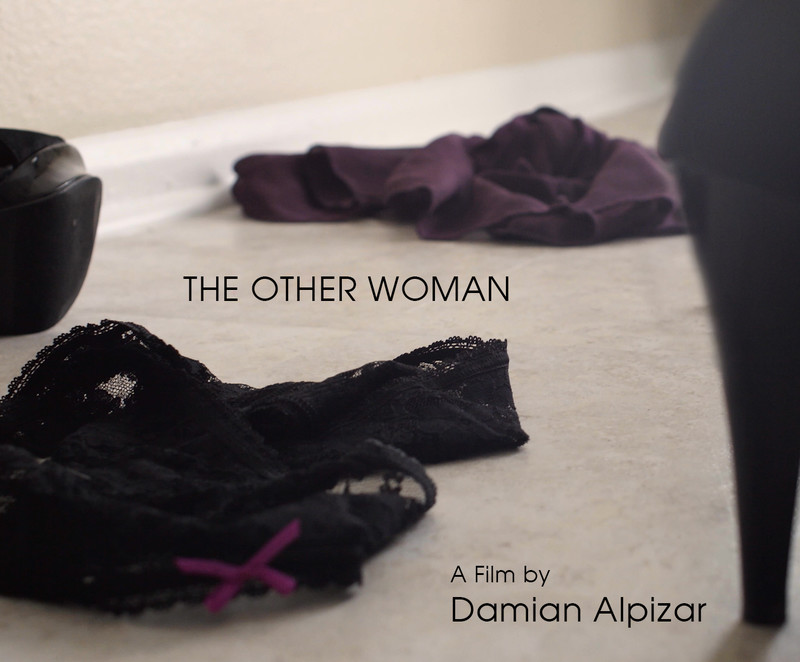501 Days is a charmingly ambitious short film that follows James (Laurence Patrick) and Ellen (Hannah O’Leary), a married couple trying to become the first people to orbit Mars. However, when they lose contact with Earth and the International Space Station 170 days into their journey, the two must figure out how to finish their mission alone. The film’s ambition lies in its low budget aesthetic mixed with sharp digital effects: at £ 8000, director Thomas Hockey manages to create well-conceived space odyssey, in part because the protagonists never leave the space capsule. Instead, the short creates an intimate claustrophobia cockpit from which this happy couple turned space pioneers have to make life and death decisions.
 The film jumps between the “present”—the endless intimate night of the shuttle—, and the months leading up to the mission, in which we see how James and Ellen planned their dream of being the first to orbit Mars. By establishing their seemingly long-time, intimate connection, the film gives us space to care about what may be the last two humans around. It’s both a story of the future of humanity as well as the love, friendship, camaraderie, and quest for knowledge that make us human.
The film jumps between the “present”—the endless intimate night of the shuttle—, and the months leading up to the mission, in which we see how James and Ellen planned their dream of being the first to orbit Mars. By establishing their seemingly long-time, intimate connection, the film gives us space to care about what may be the last two humans around. It’s both a story of the future of humanity as well as the love, friendship, camaraderie, and quest for knowledge that make us human.
The cockpit—the setting for the majority of the film—was actually built in Laurence Patrick’s spare bedroom, and the décor is more sparse than technical. Although there are the requisite switches, knobs, and buttons, the washed out 70s color palette and tight, blurry shots create a dreamy interior in which the rest of the worlds may not matter as much. The spare cockpit is marked by only a few kitschy objects: an old lamp, a maneki-neko (or a waving Japanese cat figurine) lodged between the two consoles, and a baseball cap. But the low budget interior is a wonderful contrast to the astronauts’ views of Mars out the window, and the movie’s judicious use of special effects underscore the dreamscape that is life in space.
501 Days does have a couple of elements that feel a bit like cheating, however. It raises a few mysteries that it doesn’t solve, which leaves the narrative a little too unfocused. The film’s concentration on milieu is lovely and leaves the audience both nostalgic and hopeful. While it doesn’t tell us what’s going on (or really give us speak to consider the protagonists’ choices), it nonetheless captures some of the beauty, awe, and quietude of the boundless dark that would be the constant companion of human space travel.









